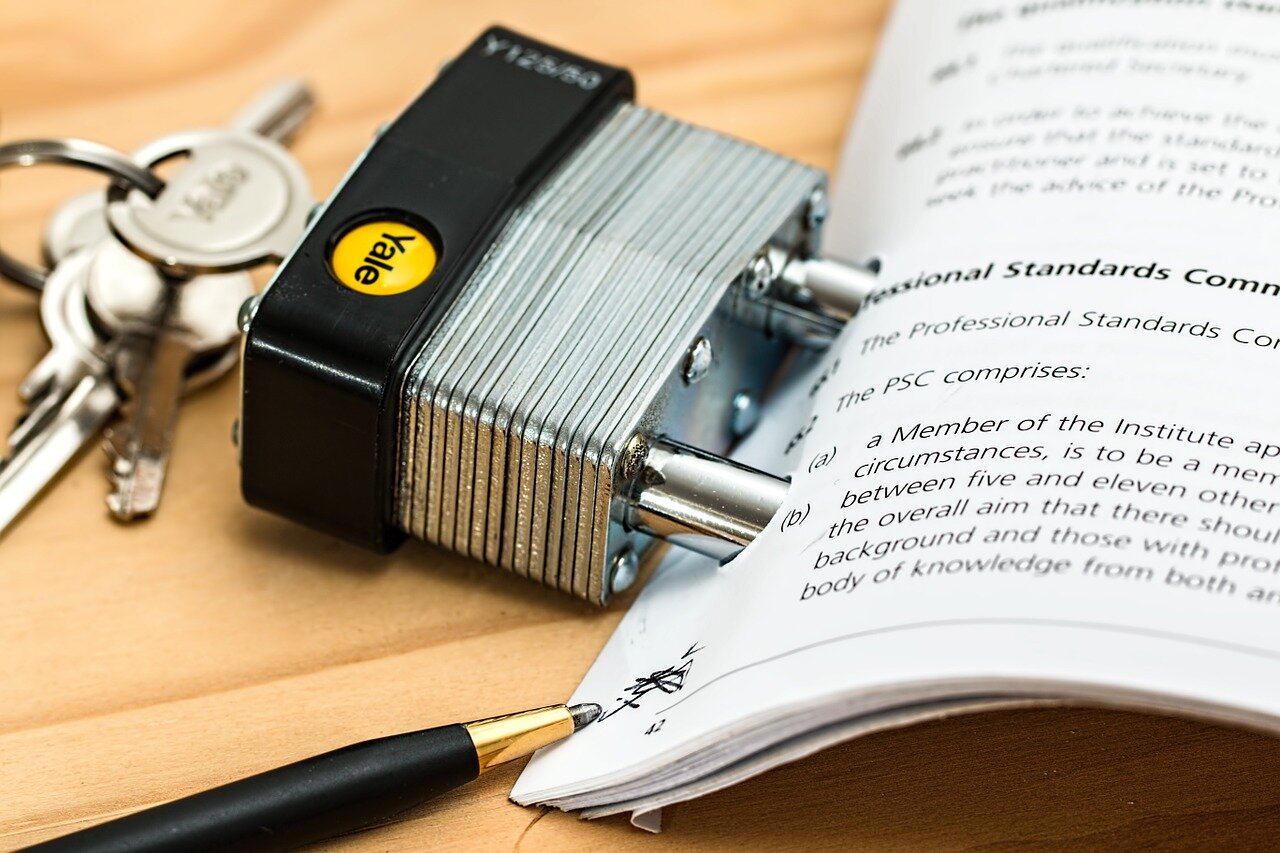About 12% of patients with Medicaid insurance have a substance abuse problem.
If your center isn’t accepting public payer plans—like Medicaid and Medicare—then you’re missing out on a massive pool of potential patients. Still, many centers decide to pass on public payer insurance and only accept private insurance and self-pay patients—and for good reason.
Are you weighing the pros and cons of accepting public payer plans for your addiction treatment center? Why do some addiction treatment centers accept Medicaid and Medicare and why do some choose to exclude these patients?
The decision to accept public payer plans isn’t trivial. It affects everything from billing to profitability to referrals at your organization. You’ll want to choose wisely.
Today, we’ll examine the potential benefits—as well as the potential drawbacks—of accepting Medicare and Medicaid at your addiction treatment center.
What is Medicaid and Medicare?
First, a definition of terms.
Medicaid is a federal and state-run insurance program for people who are over 65, under 19, pregnant, raising children, or making less than 133% of the Federal Poverty Level. Rules for the program vary by state. Medicaid reimbursements are the lowest among all types of insurance plans. Around 31% of healthcare providers won’t accept Medicaid patients.
Medicare is a federal insurance program for people who are over 65. Medicare is consistent across state lines because it is a federal program. Fewer than 3% of healthcare providers opt to decline Medicare patients. In general, Medicare reimbursements are higher than Medicaid reimbursements but still below market rate for private insurance reimbursements.
Potential Benefits of Accepting Medicare and Medicare
The Plans are Considered “Center Builders”
When your center is new and business is slow, it makes sense to open your doors as wide as possible. Some addiction treatment centers choose to accept public payer options during the startup phase of their business, with a plan to phase out public payer patients as they grow more established.
This works for a lot of providers, especially in areas where few centers are accepting public payer and demand for services is high. It’s not uncommon to see long waitlists at addiction treatment centers that accept public payer. This steady income stream, while below market-rate, makes it easy to plot out future growth, assuming you’re able to make the reduced cash flow pencil at your facility.
Once you’ve generated enough capital to cover the costs of marketing to privately insured patients, your facility can make the switch away from public payer.
Medicaid and Medicare Equal Easy Referrals
Building referral partnerships with community stakeholders—like non-profits, social workers, primary care physicians, religious and cultural organizations—is vital to ensuring a steady stream of incoming patients for your addiction treatment center. Forging these relationships takes concentrated time and effort. The more times you are able to say “yes” to referral partners, the better. Solving problems quickly and easily for your referral partners is a great way to rise to the top of their list.
Accepting public payer options will mean you get to say “yes” to your referral partners, even when they steer a public payer patient your way. This helps build your center’s reputation as a welcoming space for the people your referral partners are working with, leading to more referrals down the line.
The Drawbacks of Accepting Public Payer
While there are benefits to accepting Medicaid and Medicare, the drawbacks to dealing with public payer insurance are significant.
Drowning in Paperwork
If you thought dealing with private insurance was hard, think again.
Public payer—especially Medicaid—is notoriously difficult to work with.
Provider experiences do vary state-by-state for Medicaid billing, but we routinely see Medicaid claims denied even after the appropriate pre-authorizations have been completed. While the specifics vary state-by-state, the paperwork requirements for Medicaid often rise far above those of private insurance (think never-ending utilization reviews), leading to higher administrative overhead for your center. One way to off-set some of these increased costs is to work with an addiction treatment billing service that knows public payer inside and out. The learning curve is a steep one and contracting out that work to an organization that already knows the process can go a long way to saving your organization time and money.
Public Payer Affects Profitability
It’s a simple fact that both Medicaid and Medicare have reimbursement rates that are lower than private insurance rates. This means that your center makes less money every time it accepts a public payer patient, assuming that spot could have just as easily been filled by a patient with private insurance. If a large portion of your patient population is public payer, the difference can add up quickly.
A Compromise: Consider Capping Public Payer Patients
For many centers, simply excluding public payer patients isn’t an option. This might be for ethical or business reasons. If your center isn’t ready to shut the door to public payer altogether, consider capping the number of public payer patients you accept. Not every state allows you to cap Medicaid patients, so check with your Medicaid office before you consider this option.
If your state does allow capping, work backwards to arrive at the number of public payer patients you’ll accept. Find the profit margin you’ll need to reach your short and long term business goals. Play around with the numbers until you arrive at the realistic percentage of public payer patients you can accept while still hitting your desired profit margin.
Still Need Help With Public Payer for Addiction Treatment?
At BehaveHealth, we know how to bill for addiction treatment—whether that’s public payer, private insurance, or self-pay. Reach out today for your free trial and see how easy billing for public payer insurance can be.







